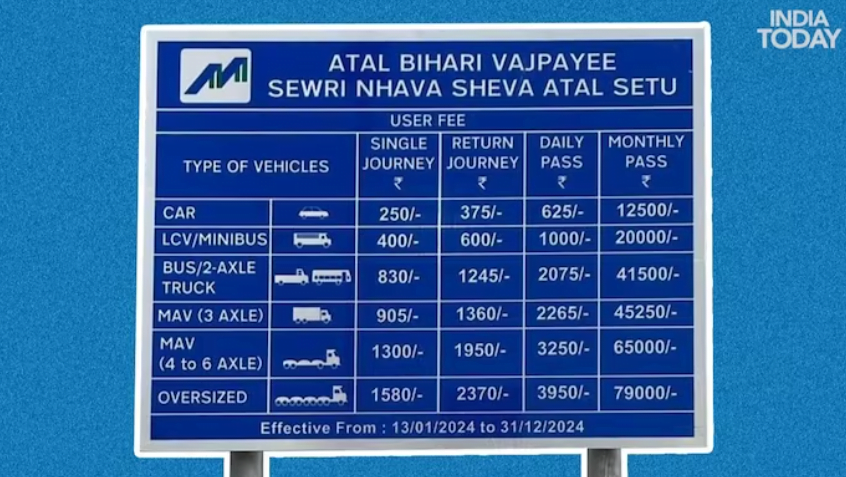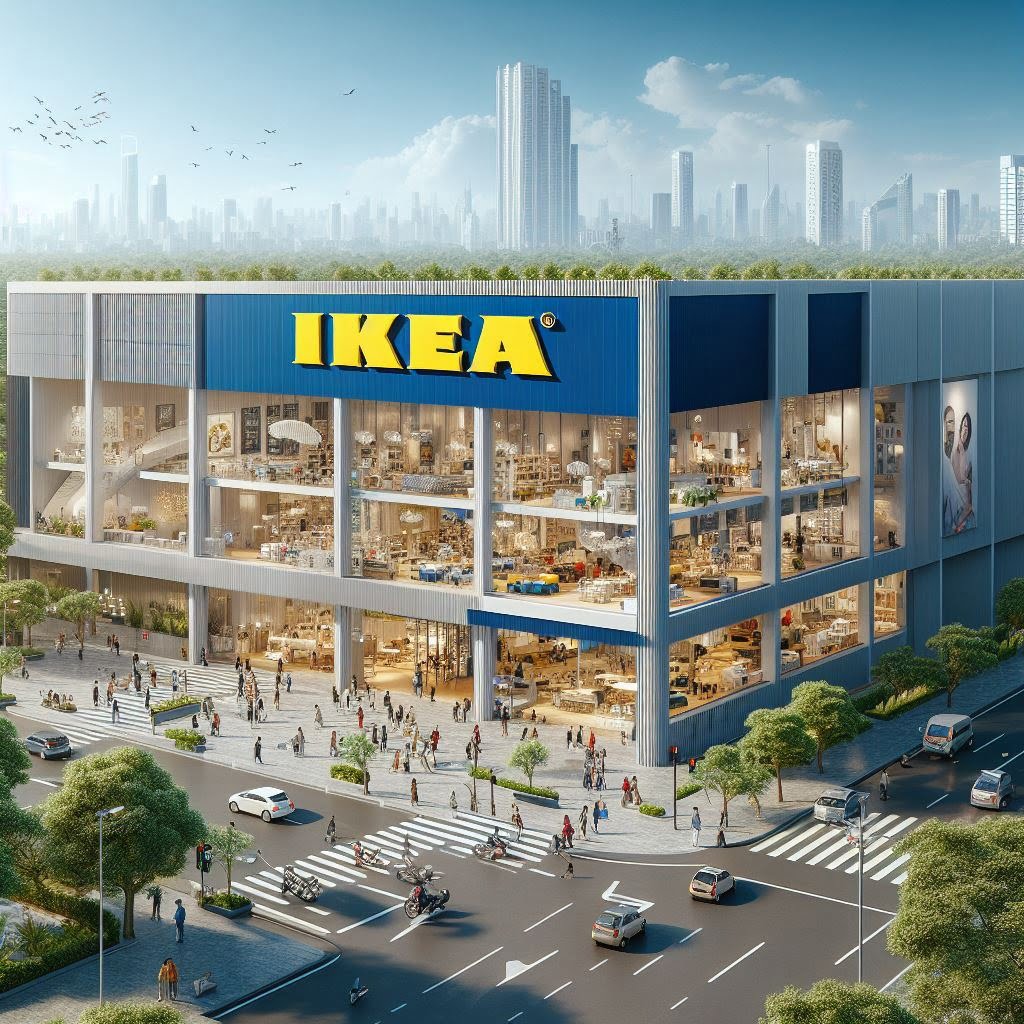In the realm of urban development, the Nhava-Sewri Trans Harbor Link Road stands as a beacon of progress, bridging physical gaps to foster better connectivity. This ambitious infrastructure project serves as a vital artery, connecting two bustling regions and igniting possibilities for growth and accessibility.
Enhancing Urban Infrastructure
Mumbai, a bustling metropolis known for its energy and vibrancy, is on the cusp of a major infrastructural transformation with the development of the Shri Atal Bihari Vajpayee Trans Harbour Link(Also known as Nhava-Sewri Trans Harbor Link Road or Mumbai TransHarbor Link Road(MTHL)). This ambitious project promises to connect the western and eastern suburbs of the city, easing traffic congestion and significantly reducing travel times.

Enhancing Connectivity
The Nhava-Sewri Trans Harbor Link Road is poised to bridge the geographical gap between Navi Mumbai and Mumbai, providing a direct and convenient route for commuters and businesses alike. This link road will not only reduce travel time but also alleviate congestion on existing routes, making daily travel smoother and more efficient. With its 21km length, the MTHL or Shri Atal Bihari Vajpayee Trans Harbour Link became India’s first longest sea bridge with state-of-the-art vision., Inaugurated by Prime Minister Shri. Narendra Modi ji on the 12th of January 2024, making it operational for the general public.
Benefits for Commuters
Commuters traveling between Navi Mumbai and Mumbai will experience a significant reduction in travel time, as the link road offers a direct connection between the two areas. This means less time spent idling in traffic and more time for work, family, or leisure activities.
The best part is for the residents of Panvel and Urankars as the MTHL starts at Chirle-Interchange reducing the distance of traveling through Belapur-Vashi Highway, and it connects over Eastern Freeway near Sewri providing a merger to the existing Eastern-Freeway road towards Dockyard Road, CST, while the Toll Rates in this road being the negative point.
The toll rates for Shri Atal Bihari Vajpayee Trans Harbour Link have been in the news for quite some time as the rates have been kept on a higher circuit range starting from ₹250/-(4 wheelers-one way), ₹375/-(4 wheelers-Return Journey) to ₹12,500/-(4 wheelers-Monthly Pass).

source: IndiaToday
Alleviating Traffic Congestion
One of the key benefits of the Nhava-Sewri Trans Harbor Link Road is its potential to alleviate the severe traffic congestion that plagues Mumbai’s roads. By diverting a significant amount of traffic away from the city center, the link road will help reduce gridlock and improve the overall flow of vehicles in the region.
With consideration of reducing toll rates soon, the traffic congestion over old Vashi Road will be significantly reduced making it a more on-the-go route for Mumbaikar’s.
Boosting Economic Growth
By improving connectivity between Navi Mumbai and Mumbai, the Nhava-Sewri Trans Harbor Link Road will also facilitate the flow of goods and services, boosting economic growth in the region. Businesses will benefit from faster and more reliable transport options, leading to increased productivity and profitability.
Environmental Impact
While the Nhava-Sewri Trans Harbor Link Road promises to bring about significant benefits in terms of connectivity and economic growth, it is essential to consider its environmental impact. The project developers have taken measures to minimize the road’s footprint and ensure that it is designed in an environmentally friendly manner, thus mitigating potential harm to the surrounding ecosystem.
Towards a Connected Future
the Nhava-Sewri Trans Harbor Link Road symbolizes more than mere physical infrastructure; it represents a bridge to a future characterized by enhanced connectivity and accessibility. As urban landscapes evolve and expand, projects such as this pave the way for a more connected, vibrant, and sustainable tomorrow.

source: DroneMan |Youtube



